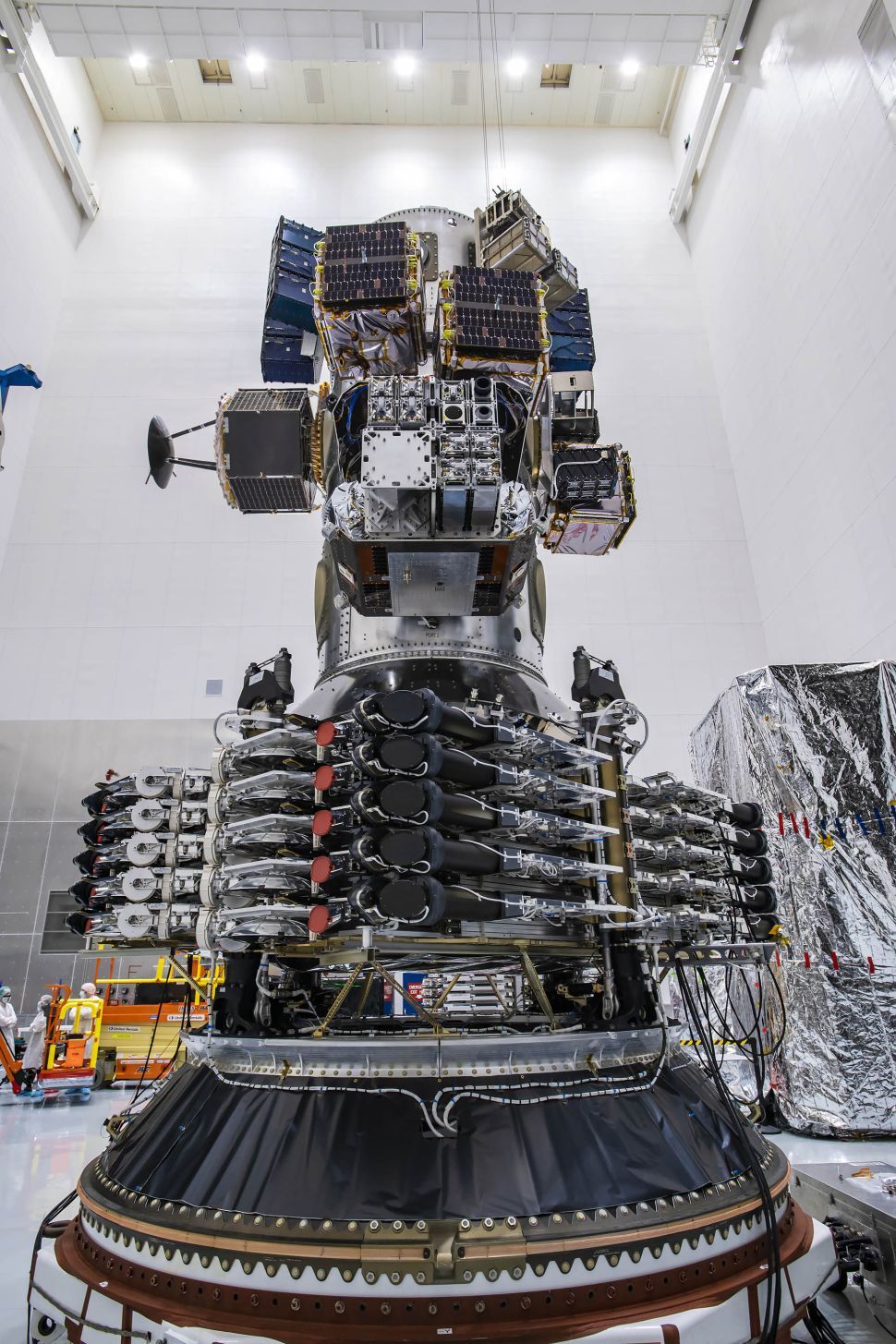SpaceX set a new record for payloads on Sunday with the successful delivery of 143 small satellites to various orbits. The Falcon 9 launched from Cape Canaveral at 7 a.m. on Sunday and within an hour it was shedding tiny satellites. On board were 133 spacecraft for missions varying from personal locator beacon detection to symbolic space burial capsules carrying cremated human remains. The last 10 spots were reserved for SpaceX Starlink Internet satellites. The payload was disbursed in polar orbits. Starlink satellites normally go into conventional orbit but these will serve customers in polar regions.
After the launch, SpaceX recovered the booster, which had already been recycled from four earlier launches, on the barge Of Course I Still Love You and the payload fairings with two other barges that scoops the expensive coverings out of the water. SpaceX is now taking reservations for small satellites on future launches at the comparatively bargain price of $1 million per spot. There will be two more mass launches in 2021.




































I always wonder what happens to these satellites once their mission is completed. Now we are launching them by the hundreds. Does anyone know how many there are out there and what kind of navigational risk there is to each other? I realize there are different heights and orbits, but there has to be a limit before they start colliding with each other. Reminds me of the movie Wall-E with all of the space junk.
They need to incorporate some means for them to forcefully fly into the atmosphere.
As far as the SpaceX Starlink satellites are concerned, there are close to 1,000 of them already in orbit. They do have the ability to deorbit them and have actually done so with some of the early ones. Their relatively low orbits also mean that they will deorbit naturally within a few years if they malfunction and are no longer able to station keep with their onboard propulsion systems.
Regarding limits to how much stuff can be put in orbit, there’s definitely a limit based ensuring safe separation and limiting interference from communications satellites that could be too close together. While the physics weren’t exactly accurate, the movie Gravity demonstrates Kessler syndrome which really could happen with enough density in orbit. This is a very real problem that NASA and other agencies have to keep in mind when approving each new launch.
That’s one of the advantages of keeping Starlink and many others sats relatively low, there’s enough drag there to pull them down in a year or so if nothing is done.
Also, you’ll find that most recent launch providers are careful to deorbit their upper stages once their payloads are released (though not shown on webcasts, as it is done later in a position to safely drop any pieces into open ocean).